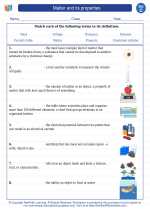Islands
An island is a piece of land that is surrounded by water. It can be found in oceans, seas, rivers, or lakes. Islands come in various sizes, from small rocky outcrops to large landmasses. They can be formed through a variety of natural processes, including volcanic activity, the rising and falling of sea levels, and the movement of tectonic plates.
Types of Islands
There are several different types of islands:
- Continental islands: These islands were once part of a larger landmass, such as a continent. Examples include the British Isles and the islands of Japan.
- Volcanic islands: These islands are formed by the accumulation of volcanic material, such as lava and ash. Hawaii is a well-known example of a volcanic island.
- Coral islands: These islands are formed from the accumulation of coral reef and other organic material. The Maldives and the Bahamas are examples of coral islands.
- Artificial islands: These islands are created by human intervention, such as land reclamation projects. An example is the Palm Islands in Dubai.
Ecological Importance
Islands are often home to unique and diverse ecosystems. They can be habitats for a wide variety of plants and animals, many of which are found nowhere else on Earth. Due to their isolation, islands can be especially vulnerable to human activity and environmental changes.
Study Guide
Here are some key points to remember when studying islands:
- What is an island and how is it formed?
- Identify and describe the different types of islands.
- Explain the ecological importance of islands and their vulnerability to environmental changes.
- Research and present examples of famous islands around the world.
- Consider the cultural significance of islands and their role in human history and mythology.
Understanding the formation, types, and ecological significance of islands can provide valuable insights into the Earth's natural processes and the importance of protecting these unique ecosystems.
.◂Science Worksheets and Study Guides Third Grade. Matter and its properties

 Activity Lesson
Activity Lesson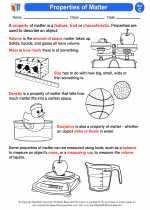
 Worksheet/Answer key
Worksheet/Answer key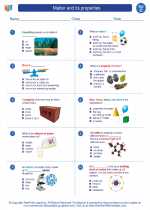
 Worksheet/Answer key
Worksheet/Answer key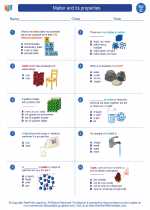
 Worksheet/Answer key
Worksheet/Answer key
 Worksheet/Answer key
Worksheet/Answer key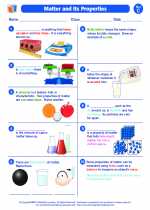
 Worksheet/Answer key
Worksheet/Answer key
 Vocabulary/Answer key
Vocabulary/Answer key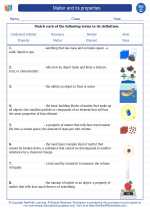
 Vocabulary/Answer key
Vocabulary/Answer key